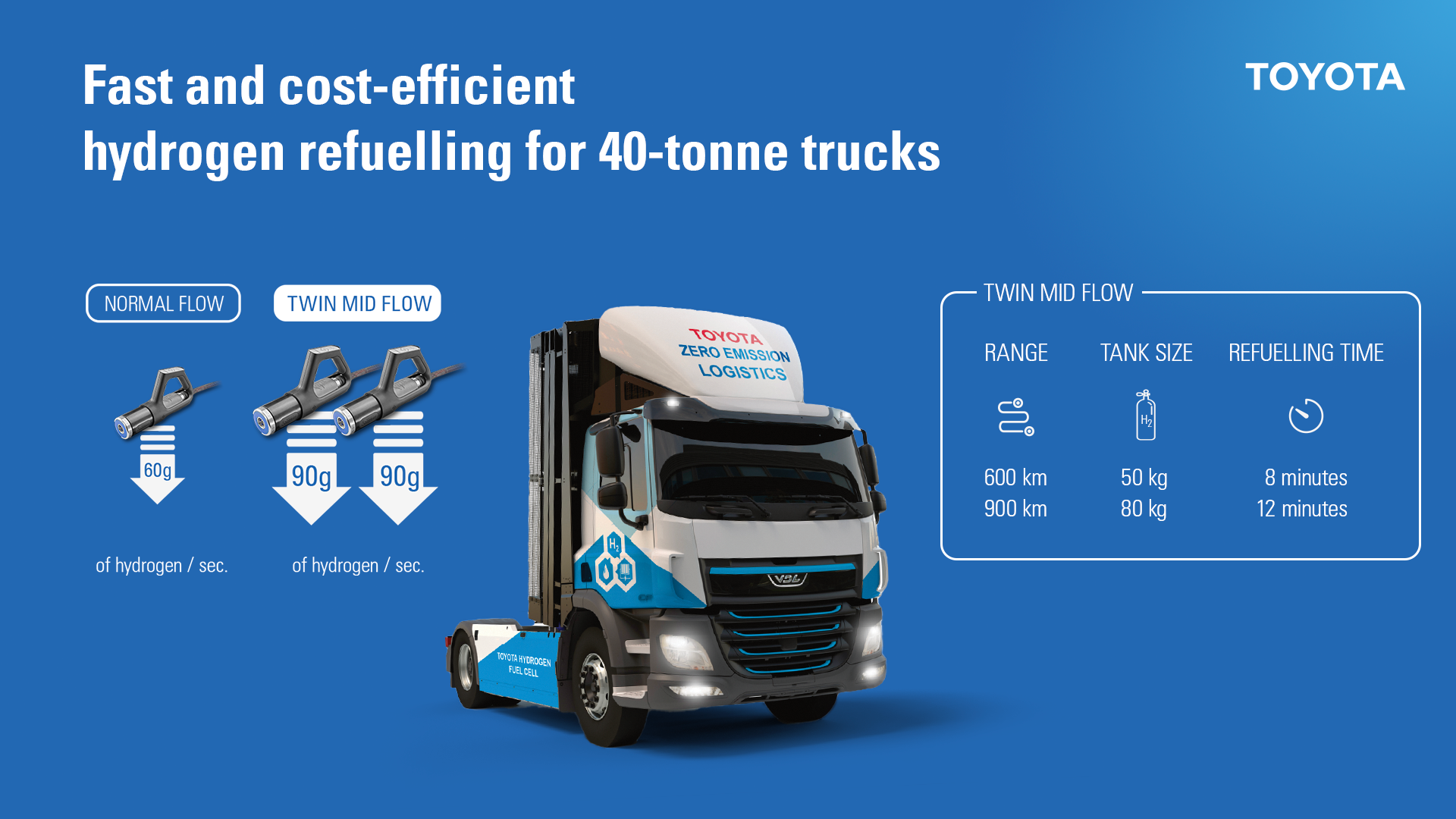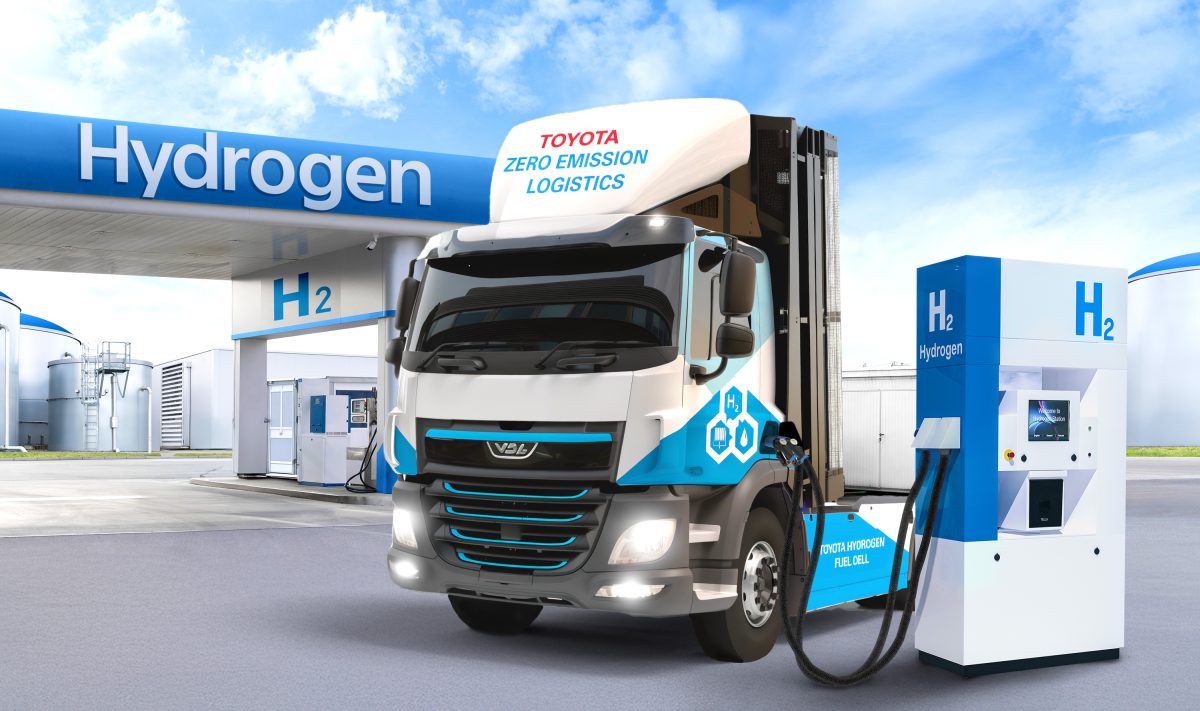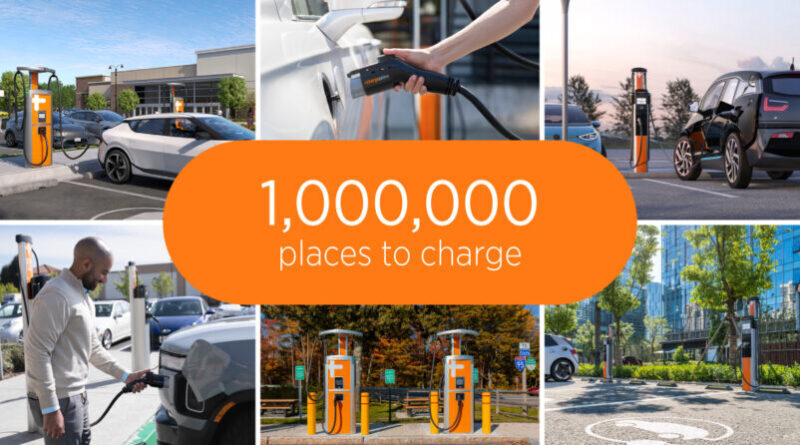Twin Mid Flow Tech Turns Heads – How Toyota, HRS, and ENGIE are Simplifying Hydrogen Refueling
Toyota Motor Europe Partners with HRS and ENGIE to Revolutionize Hydrogen Refueling Toyota Motor Europe (TME) has entered a groundbreaking…

Toyota Motor Europe Partners with HRS and ENGIE to Revolutionize Hydrogen Refueling
Toyota Motor Europe (TME) has entered a groundbreaking partnership with Hydrogen Refueling Solutions (HRS) and ENGIE to accelerate advancements in hydrogen refueling infrastructure. This collaboration is poised to address one of the most significant challenges facing the hydrogen sector today—faster and cost-efficient refueling for both heavy-duty and light-duty vehicles.
Central to their initiative is the development of next-generation hydrogen refueling technology, specifically the Twin Mid Flow system. Funded under the European Union’s RHeaDHy project (Refuelling Heavy Duty with very High-flow Hydrogen), this partnership emphasizes streamlined operations, enabling hydrogen to play a pivotal role in decarbonizing Europe’s transport sector.
A Closer Look at Twin Mid Flow Fuel Technology
The Twin Mid Flow is a dual-nozzle system capable of refueling both heavy trucks and lighter vehicles from a single dispenser. The technology eliminates the need for separate refueling systems, reducing installation costs for station operators and enhancing accessibility for users.

Toyota hydrogen refueling system – Image Credit Toyota
The system achieves this by operating at a higher flow rate, which significantly cuts refueling times. A 40-tonne hydrogen-powered truck, for instance, can achieve a range of 600 kilometers with just an eight-minute refueling time, or up to 900 kilometers after a mere twelve minutes. Meanwhile, light-duty vehicles can refuel in less than five minutes.
This represents a major leap forward compared to previous technologies, which often required much longer refueling times and separate dispensers for different vehicle types. For hydrogen station operators, this advancement promises to lower infrastructure costs while simultaneously boosting station utilization rates. For end-users, particularly fleet operators and logistics companies, the reduction in downtime translates to increased efficiency.
Thiebault Paquet, Head of Fuel Cell Business at Toyota Motor Europe, underscored the potential of this innovation, stating, “Development of Twin Mid Flow Technology is the next step in our effort to stimulate the growth of hydrogen ecosystems.”
Supporting EU’s Ambitious AFIR Goals
The collaboration aligns closely with the European Union’s Alternative Fuels Infrastructure Regulation (AFIR), which sets a clear path for hydrogen’s role in Europe’s transport future. Under the regulation, hydrogen refueling stations must be installed every 200 kilometers along critical trans-European transportation corridors by 2030.
The RHeaDHy project is well-positioned to meet these goals due to its focus on optimizing refueling speeds and infrastructure efficiency. By pioneering this technology, Toyota, HRS, and ENGIE are helping establish the foundation for Europe’s hydrogen economy, ensuring the continent remains competitive in the global transition to clean energy.
Furthermore, this partnership not only helps address the demand for scalable hydrogen solutions but also tackles critical infrastructure gaps—long cited as a barrier to hydrogen adoption, particularly for commercial fleets and heavy-duty vehicles.
Advances Beyond Technology
While the Twin Mid Flow System takes center stage, the partnership represents a broader commitment to advancing hydrogen technologies across multiple applications. Toyota, for instance, continues to build on its expertise with fuel cell vehicles, including the Mirai passenger car and its collaboration with VDL for hydrogen fuel cell trucks.
ENGIE brings decades of experience in large-scale energy systems, adding critical expertise in optimizing hydrogen station deployment. Meanwhile, HRS’s specialization in hydrogen refueling solutions ensures the partnership leverages the latest technical advancements across the board.
Toyota also plays a key role in supporting related innovations. For the RHeaDHy project, the company has provided test benches and prototype vehicles equipped with the Twin Mid Flow Technology. Similarly, HRS and ENGIE are spearheading the development of refueling stations to ensure compatibility with this advanced system, with large-scale testing scheduled to begin in late 2025.
Transformative Potential of Hydrogen Today
The practical applications of these innovations extend far beyond the immediate goals of the partnership. Twin Mid Flow Technology could serve as a template for hydrogen station designs worldwide, easing the transition for countries looking to adopt hydrogen as a mainstream fuel. Fleet operators can significantly reduce operational costs by integrating hydrogen-powered vehicles, which are closer than ever to matching diesel-powered counterparts in terms of cost and convenience.
By addressing key bottlenecks such as refueling efficiency, Toyota, HRS, and ENGIE set a strong precedent for how multi-stakeholder collaboration can advance clean transport. With the EU’s 2030 timeline drawing closer, their efforts offer a glimpse of a hydrogen-powered future that balances innovation with real-world applicability, fostering cleaner and more sustainable mobility solutions for all.
What's Your Reaction?




























































